
In the first part of this article, we examined the observations made on the Maltese Bee (Apis mellifera ruttneri) in Mr. G. Murray Reid’s report commissioned by the Maltese Government in 1995. In this second part, we will delve into the broader aspects of beekeeping.
The author acknowledges that any proposed recommendations need further evaluation as they may not be directly applicable to Maltese circumstances. However, it is emphasised that beekeeping plays a crucial role in the Maltese economy, particularly in terms of pollination and more, and therefore, the government should support this sector to the best of its ability.
The importation of foreign honey bees and apicultural products has always posed a challenge to the rearing of Maltese bees and the sale of Maltese honey in the local market. The author suggests a review of the laws governing the import of bees and related products, with the primary objective of imposing restrictions, especially in light of the recent introduction (at that time) of the destructive Varroa parasite. Being an archipelago nation, Malta has an advantageous position to protect its borders from diseases that may inadvertently harm its agricultural services. This is particularly crucial when certain diseases and pests are not yet present in the islands.
The author recommends conducting a national survey to evaluate the health status of bees in Malta, along with the implementation of a robust disease surveillance program. Additionally, the report emphasises the need for long-term decision-making based on research and the importance of fostering cooperation among beekeepers themselves.
Points for Consideration:
• The report highlights that the arguments and recommendations made nearly 30 years ago remain relevant today. This implies that very few practical measures have been taken since then to ensure the sustainability of beekeeping in Malta, which is contingent upon the holistic protection of the Maltese Bee.
• While the unique identity of the Maltese Honey Bee was still a mystery when the report was written, we now have a better understanding of its characteristics and significance.
• The report emphasises the necessity of better control over imports and legislation that supports the holistic protection of the Maltese Bee and the local apicultural sector. Achieving this requires recognising the value of this endemic subspecies.
• We have yet to fully capitalise on our advantages. The small size of our country should serve as a bridge that facilitates collaboration among all stakeholders in the sector. Let us engage in a collective discussion on how we can cooperate to make beekeeping more beneficial and sustainable for all bees, ensuring the preservation of this tradition.
• Education, legislation, supervision, and ongoing monitoring of beekeeping activities are essential for safeguarding beekeeping and protecting the Maltese Bee from further genetic contamination. The need for up-to-date information on the status of the Maltese Bee and honey farming in Malta was highlighted in the 1995 report and remains relevant today.
• The Maltese people possess a unique treasure in the form of rich biodiversity that surpasses any material wealth. Taking action today, rather than waiting for tomorrow, is of utmost importance!



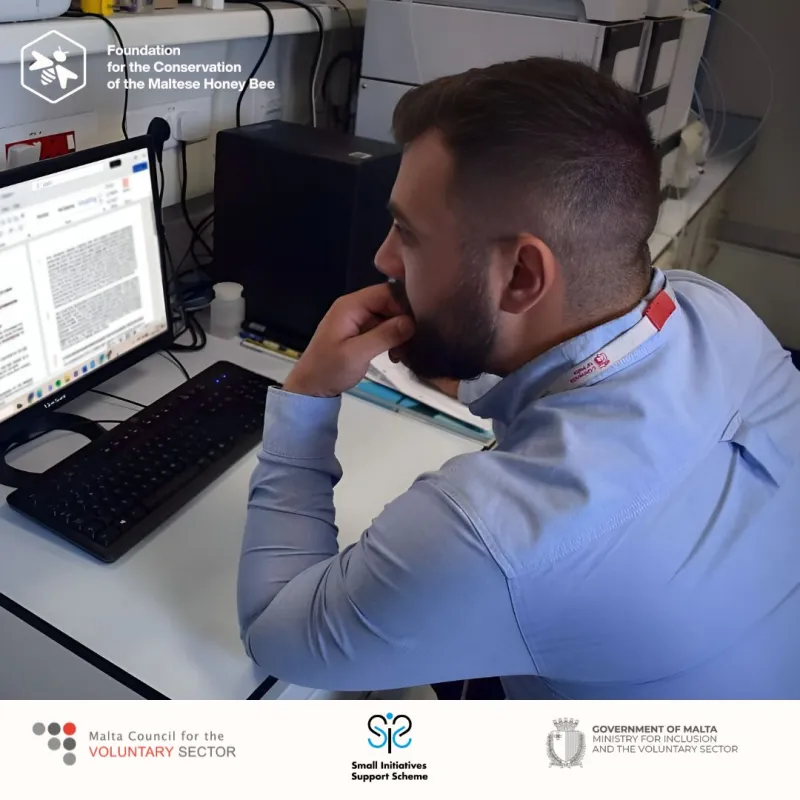
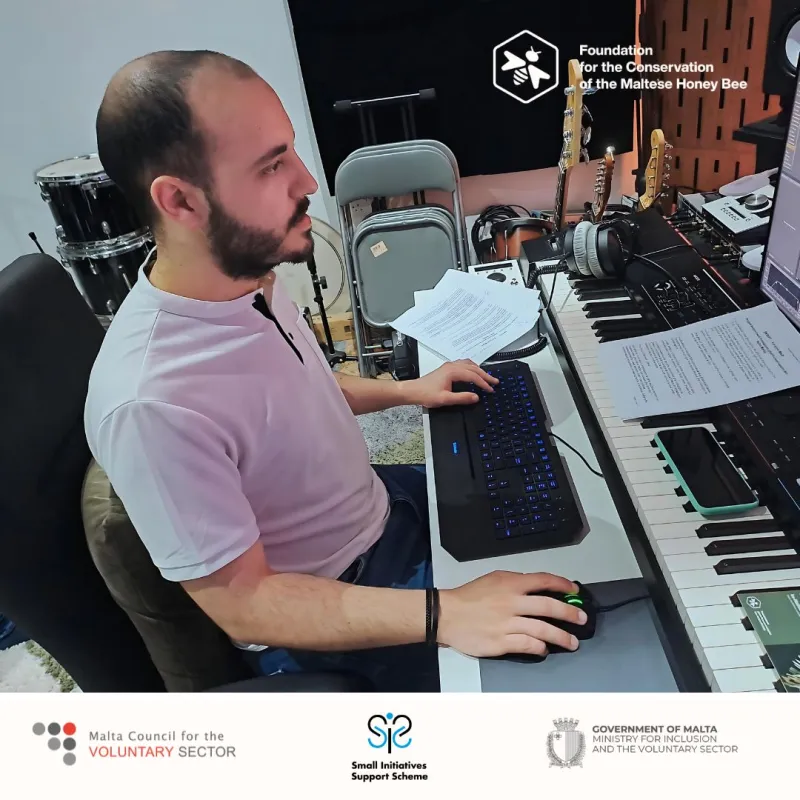
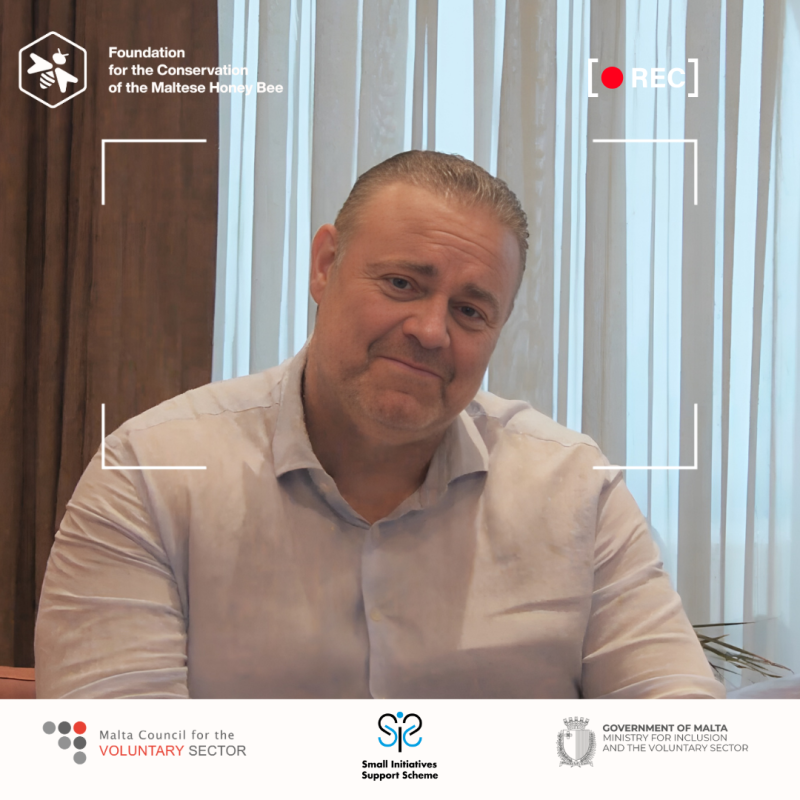
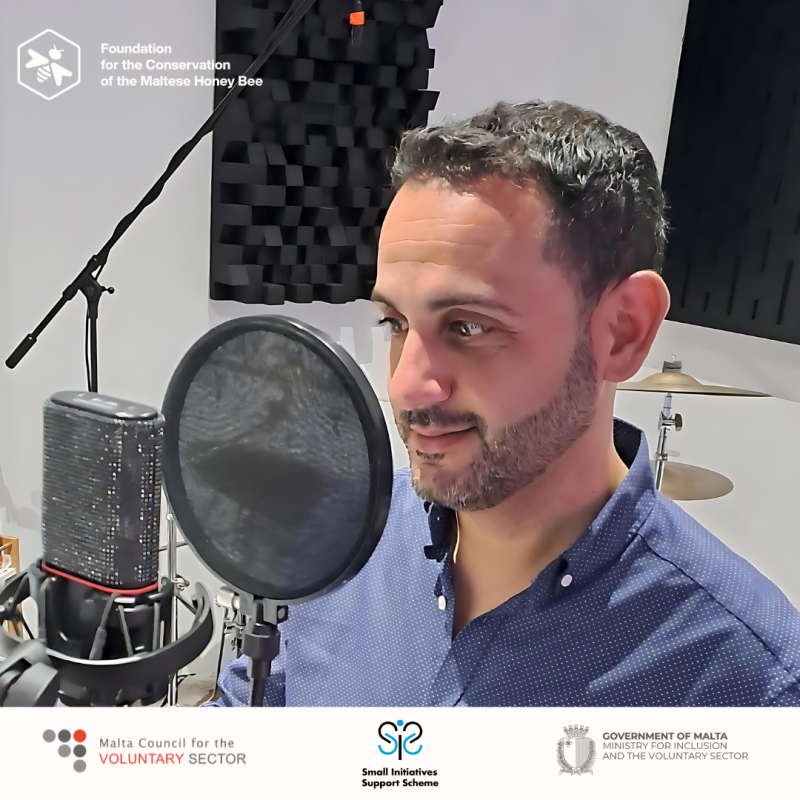
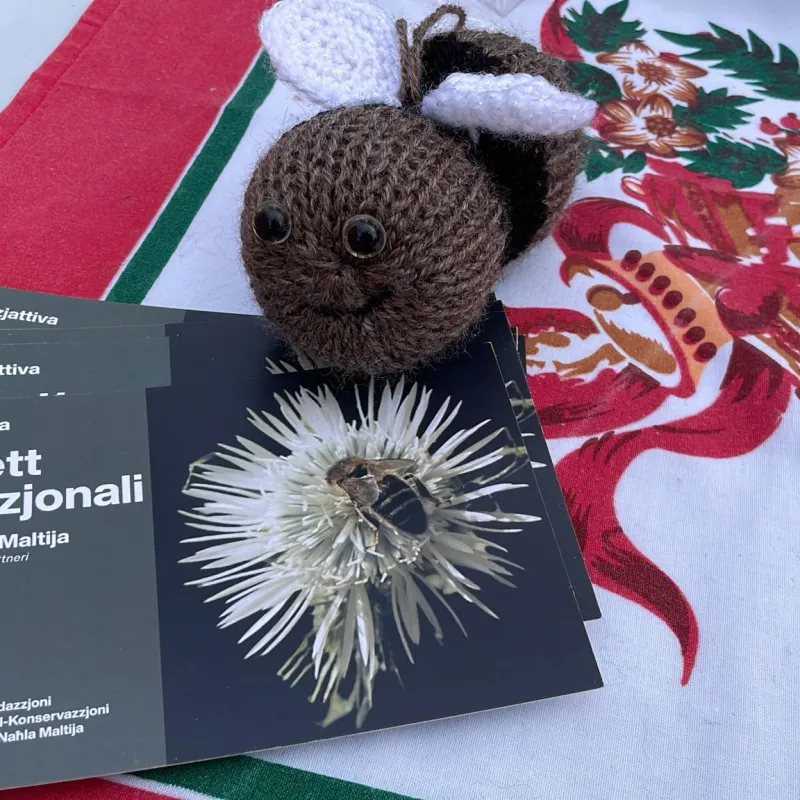
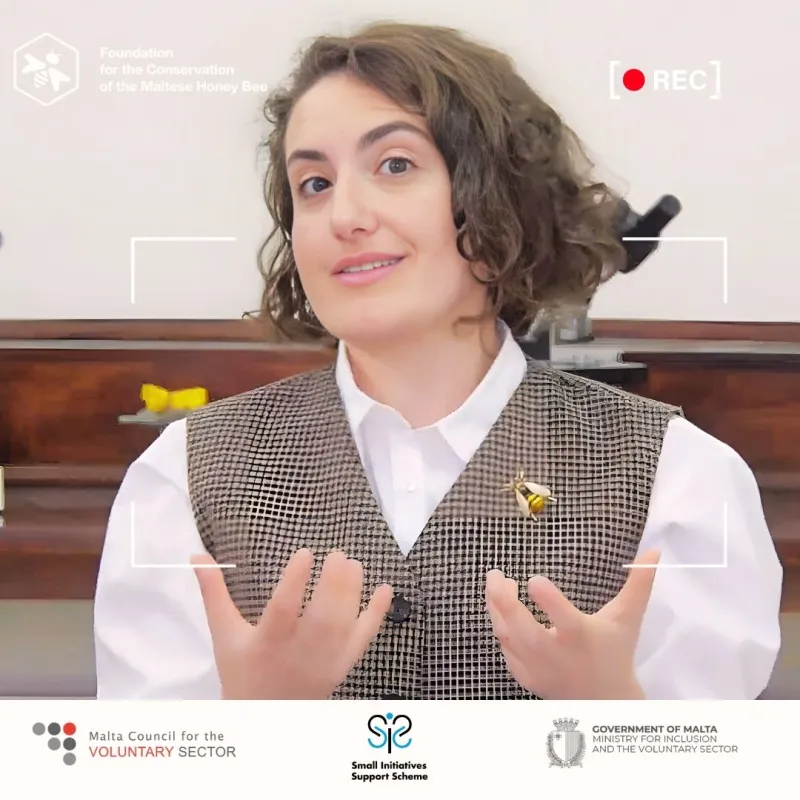
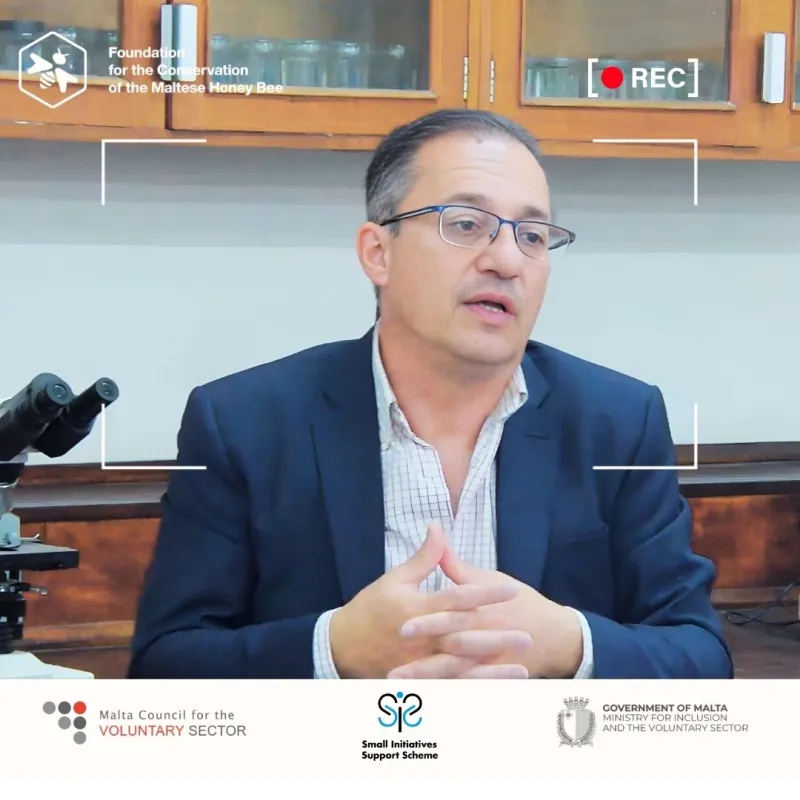
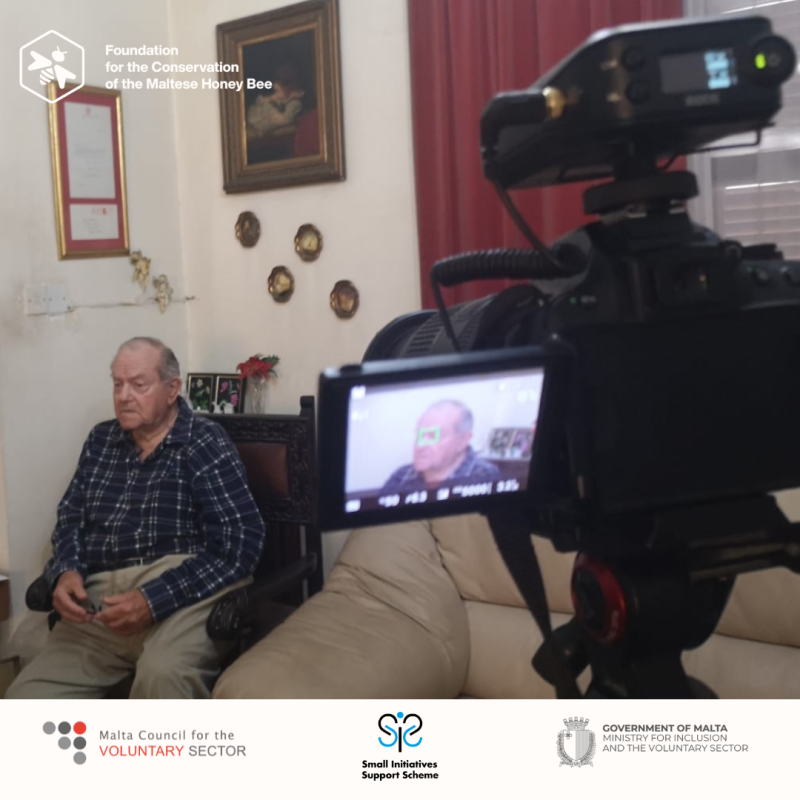
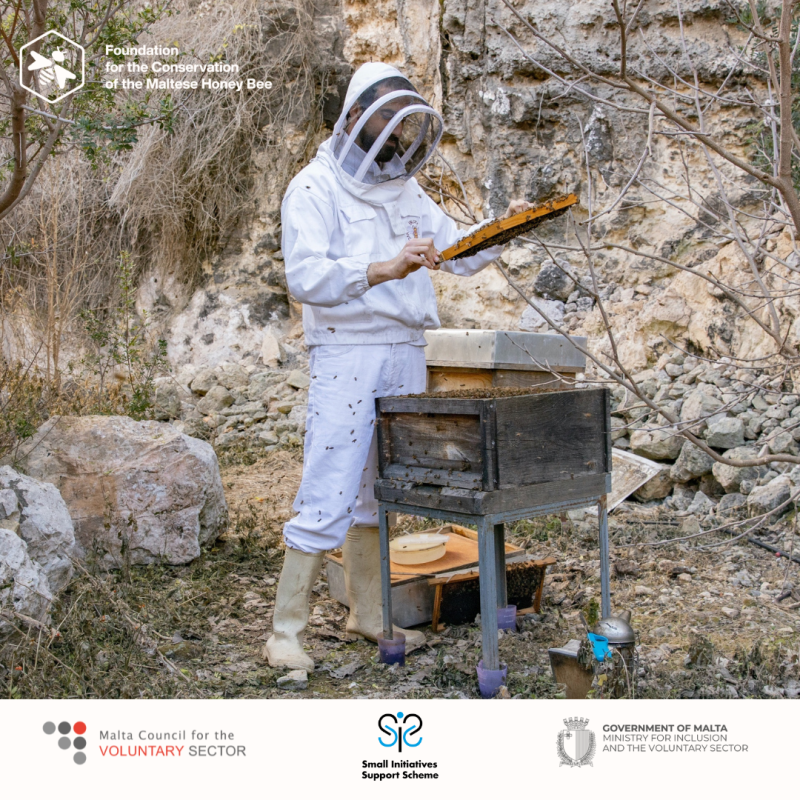
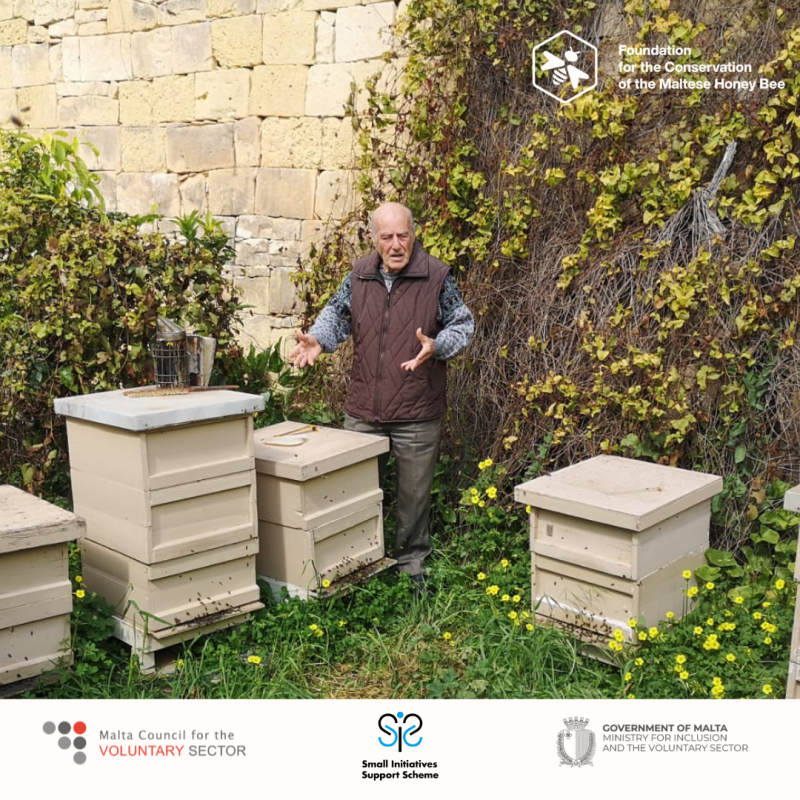
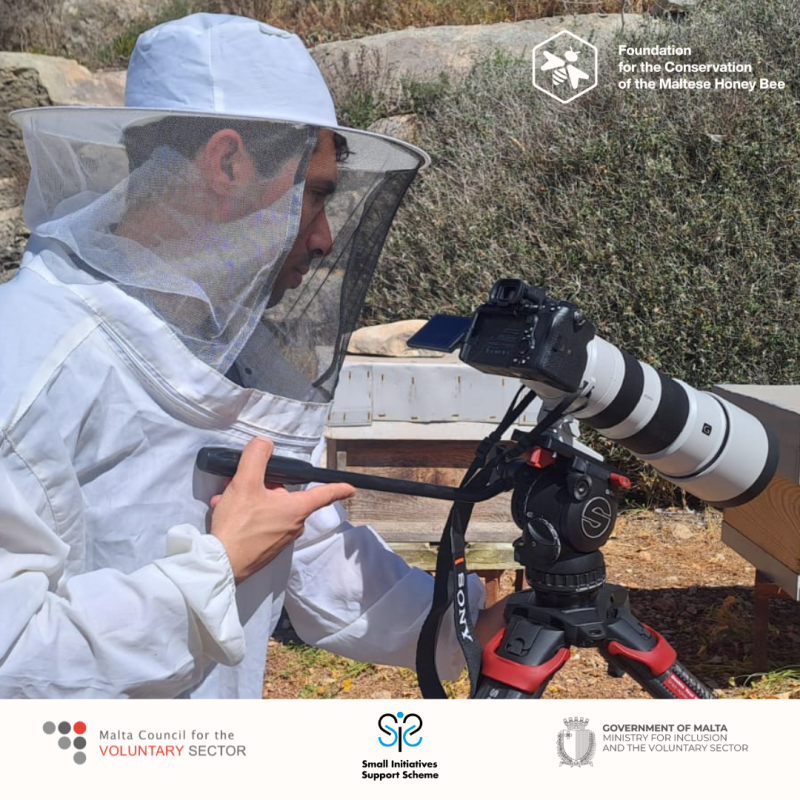
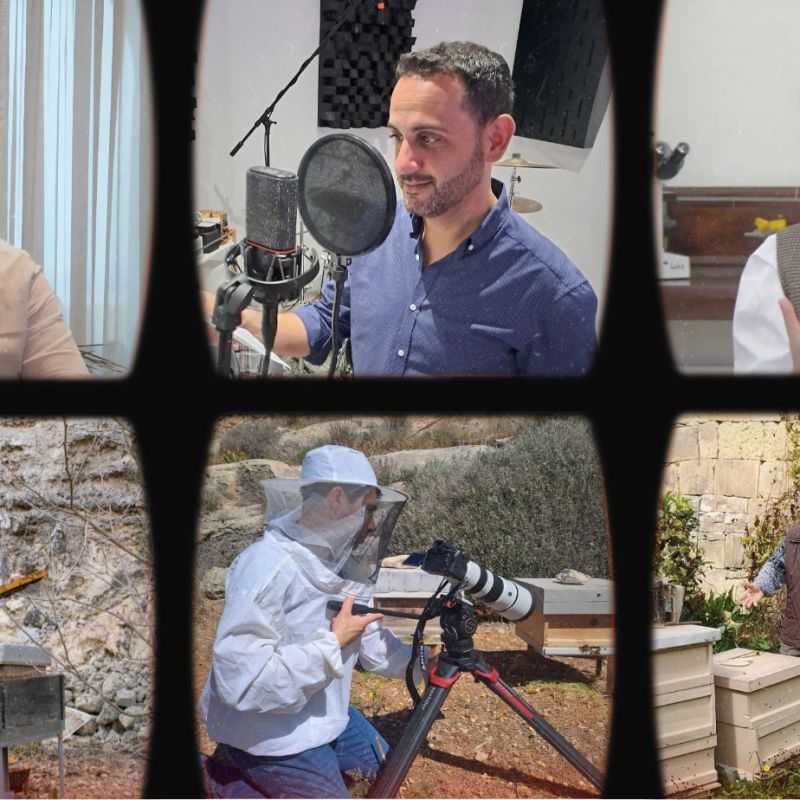
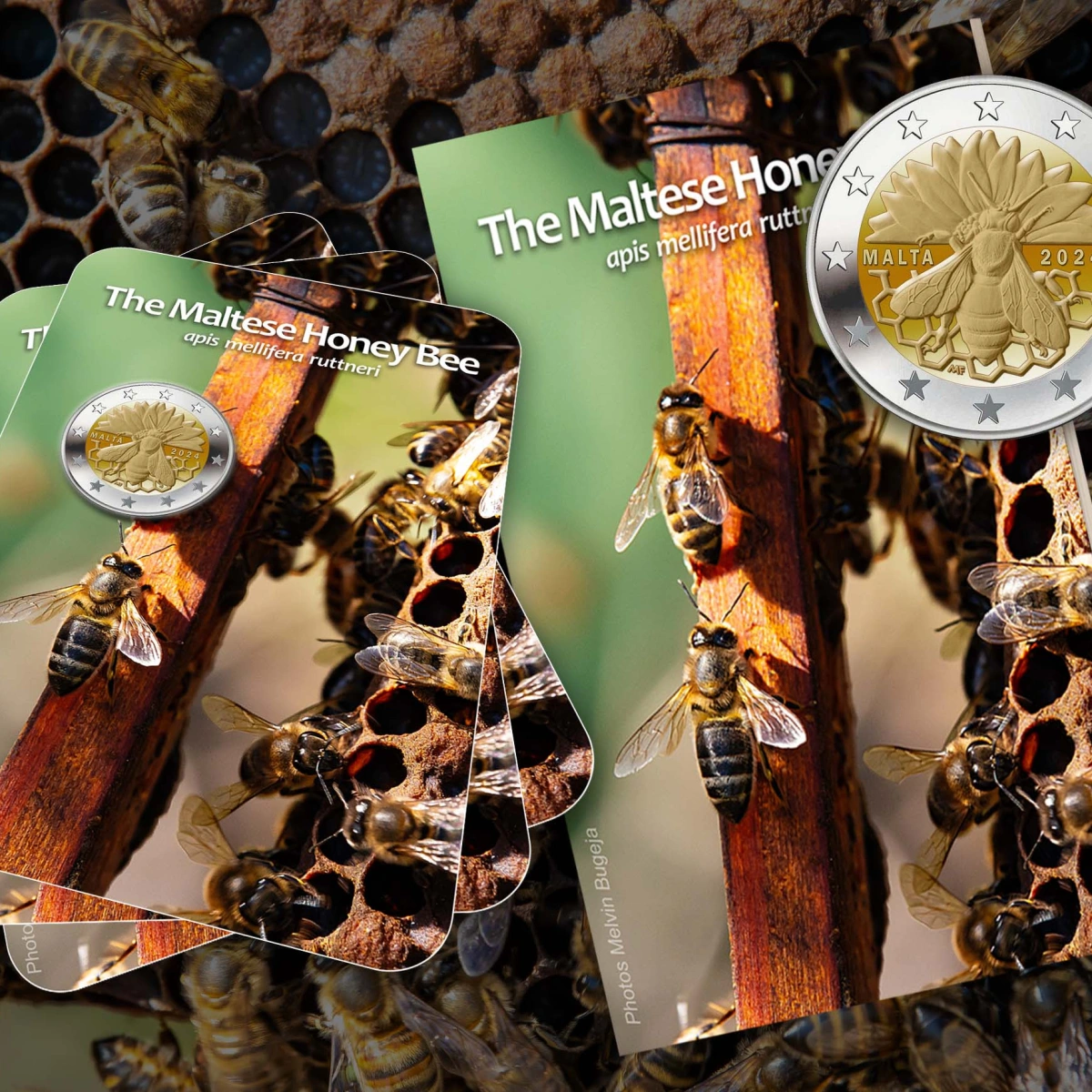
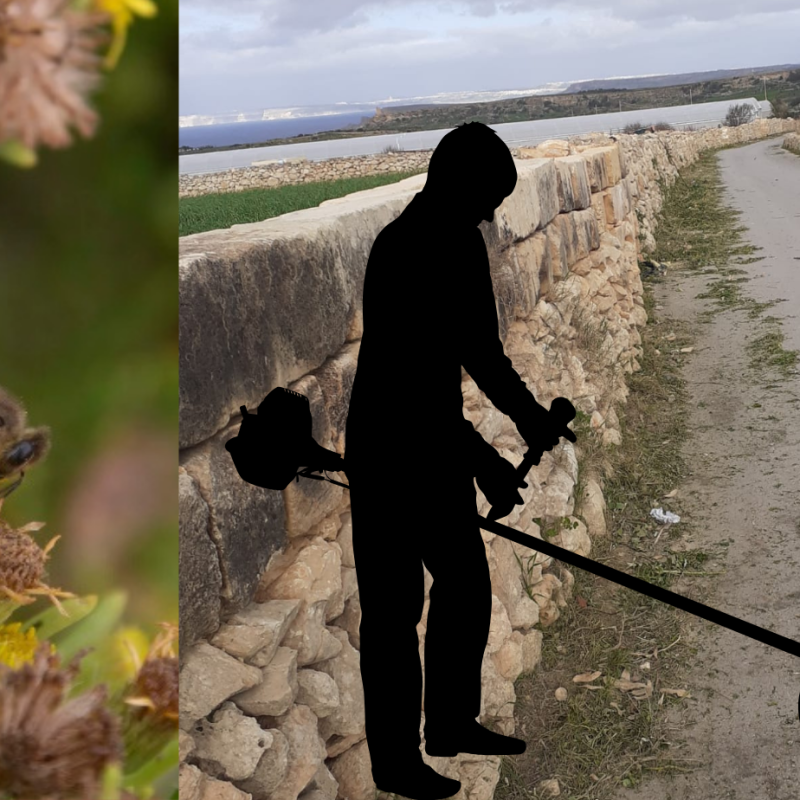
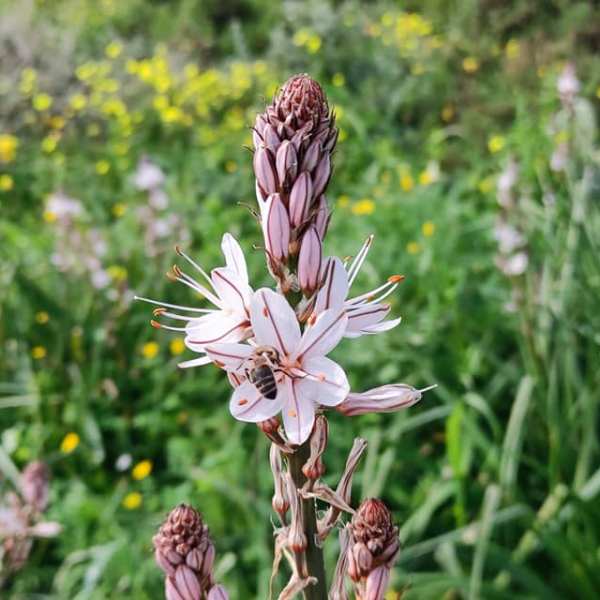

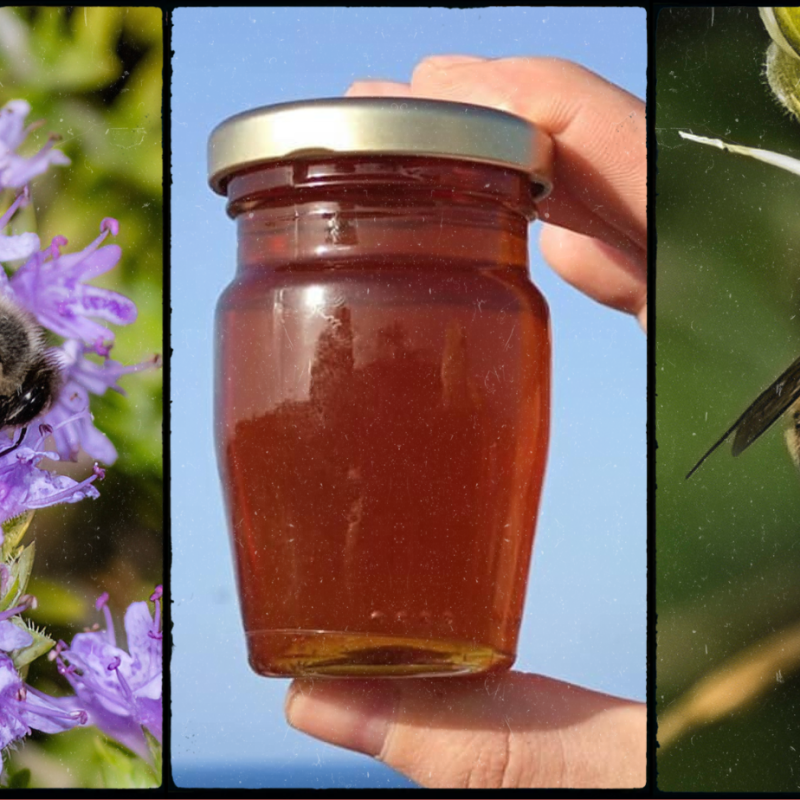
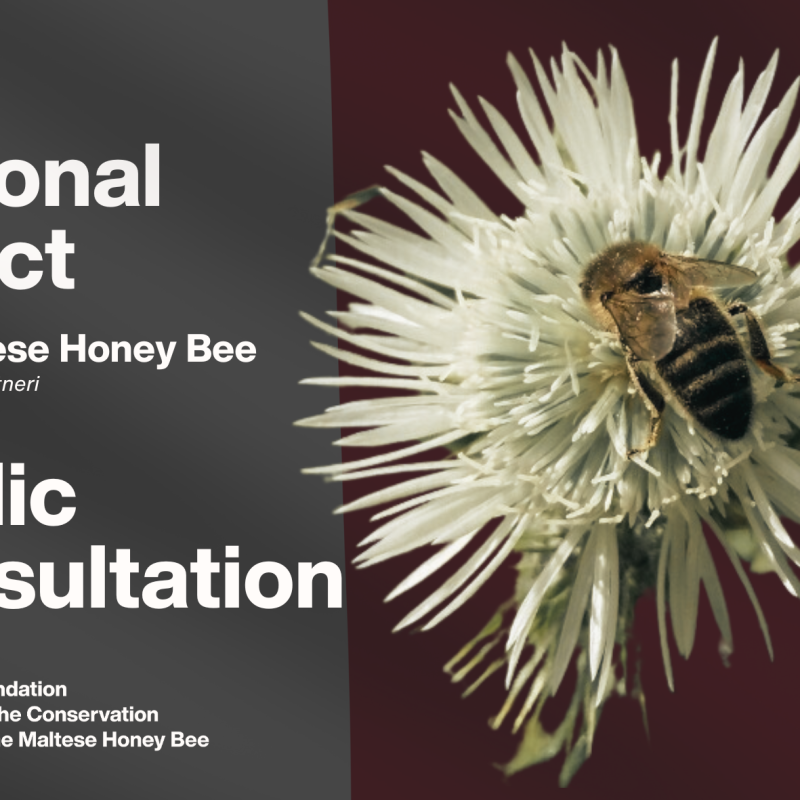
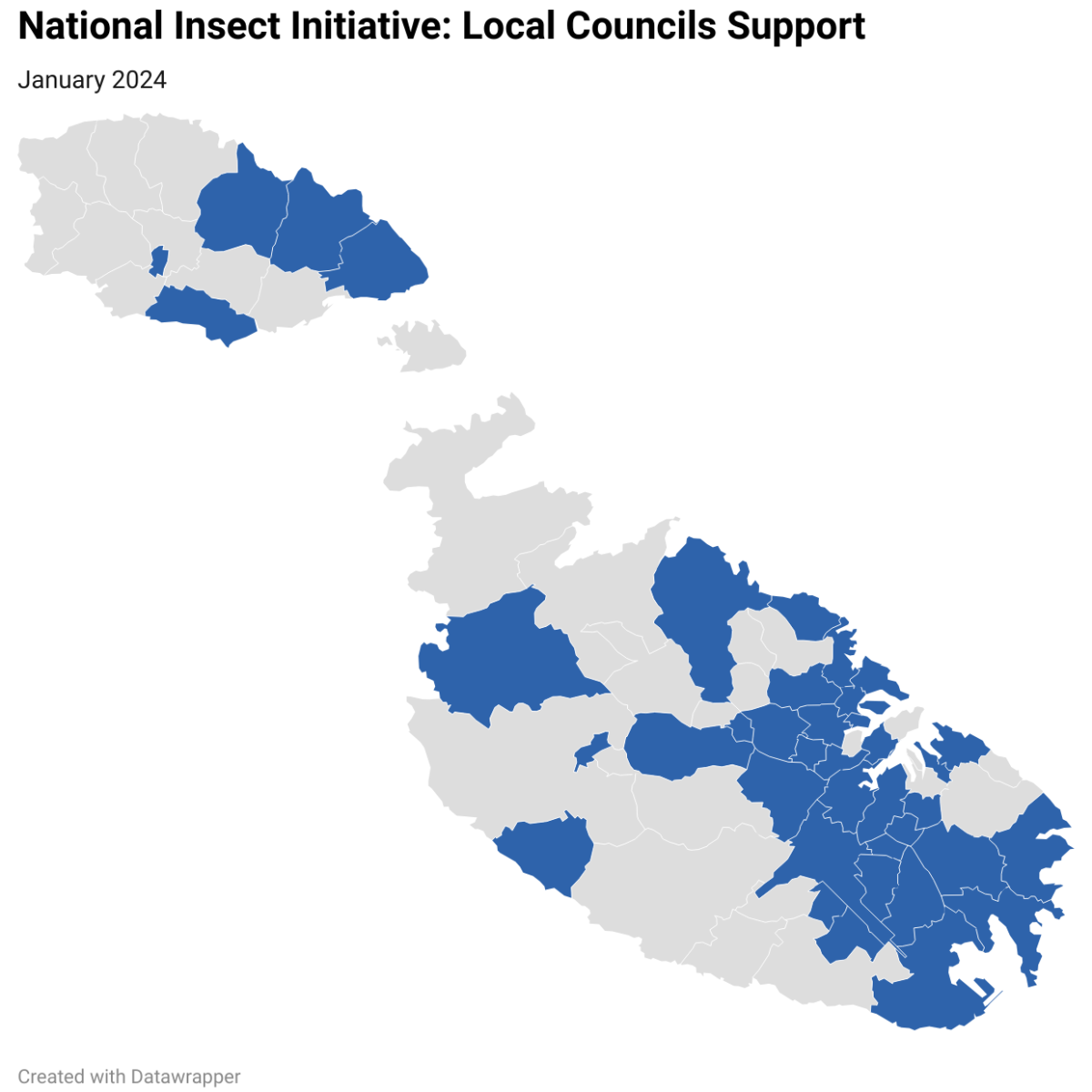
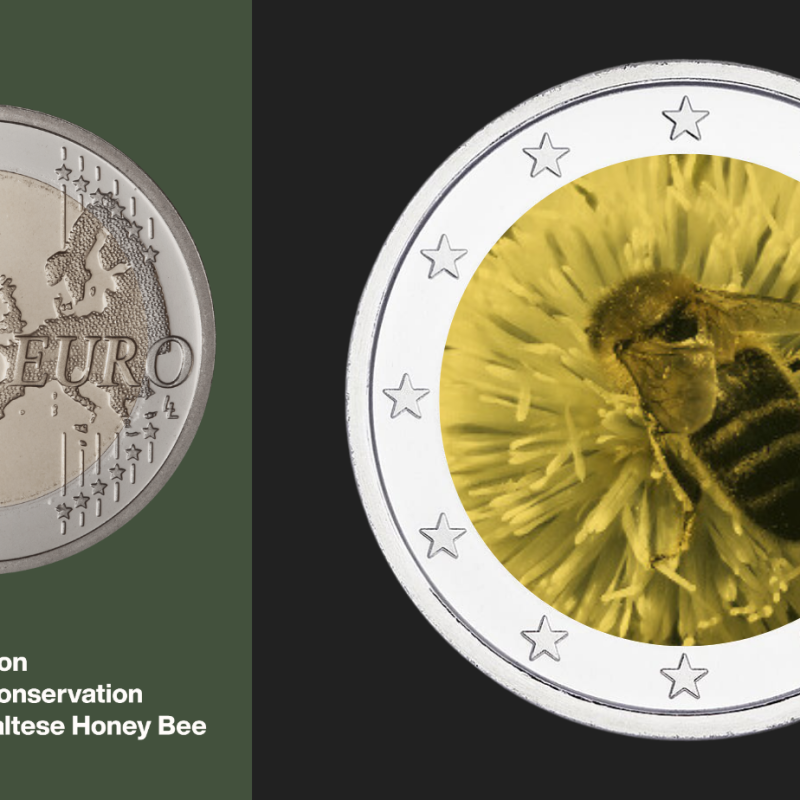
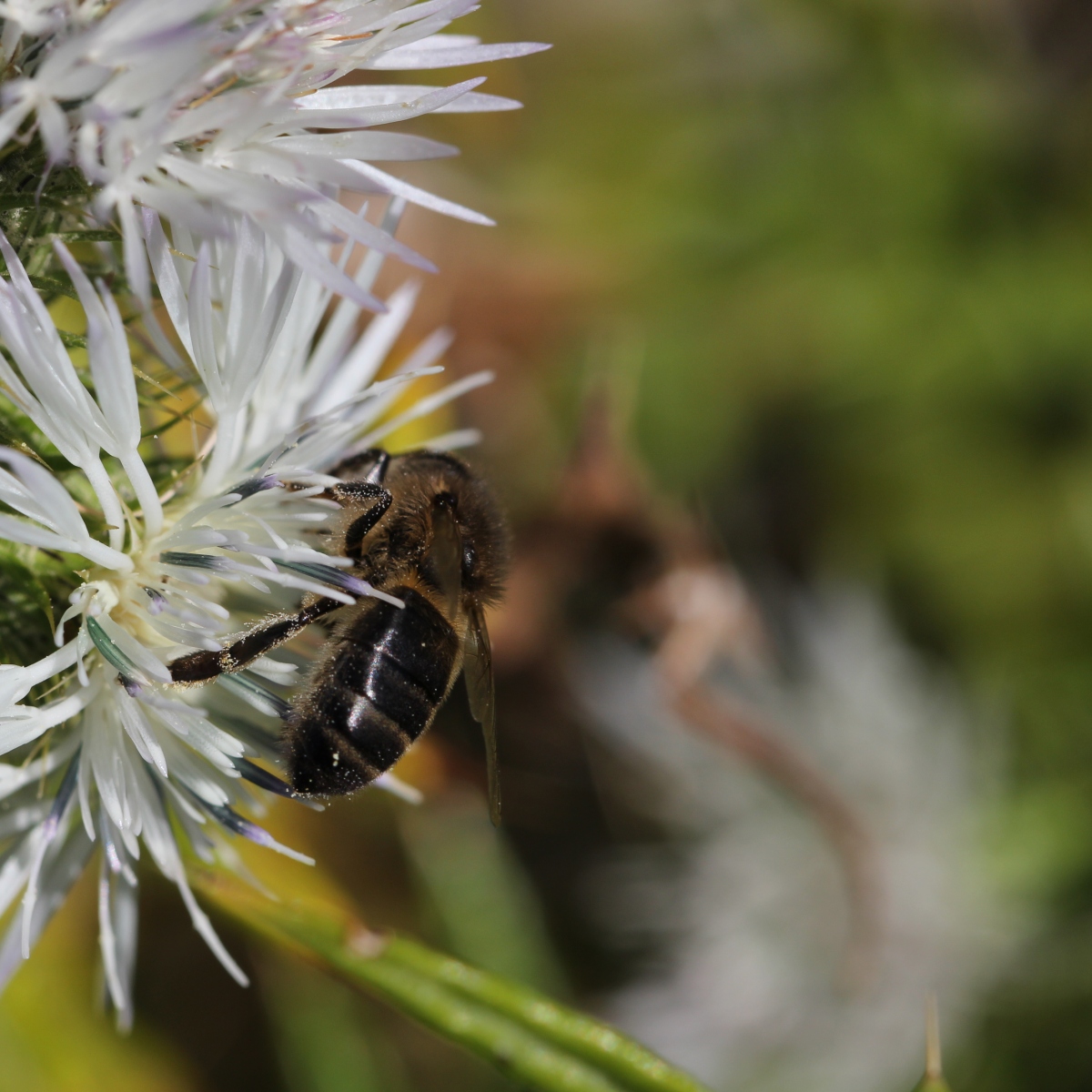
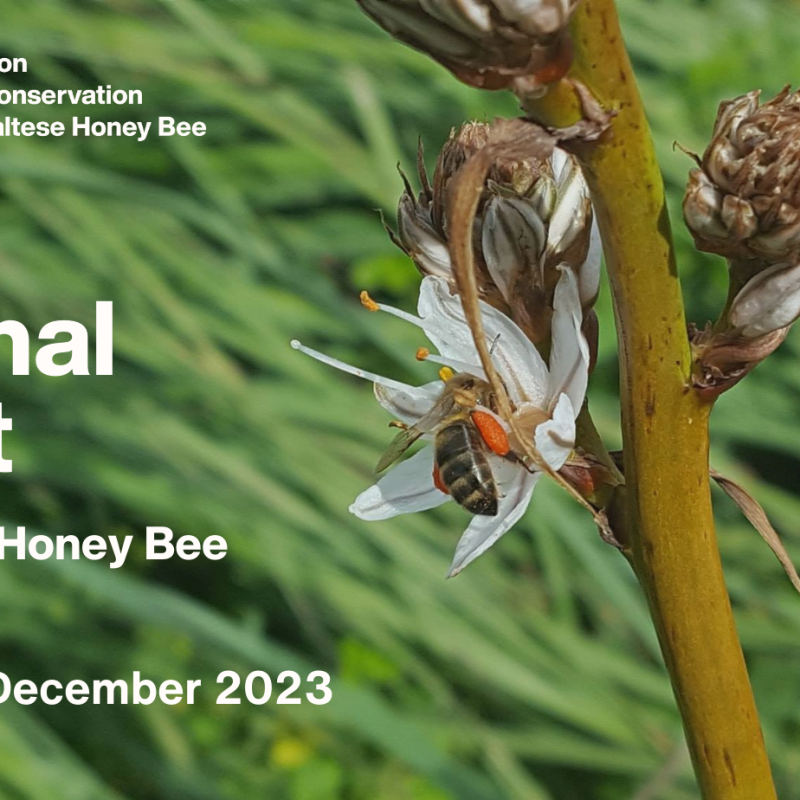
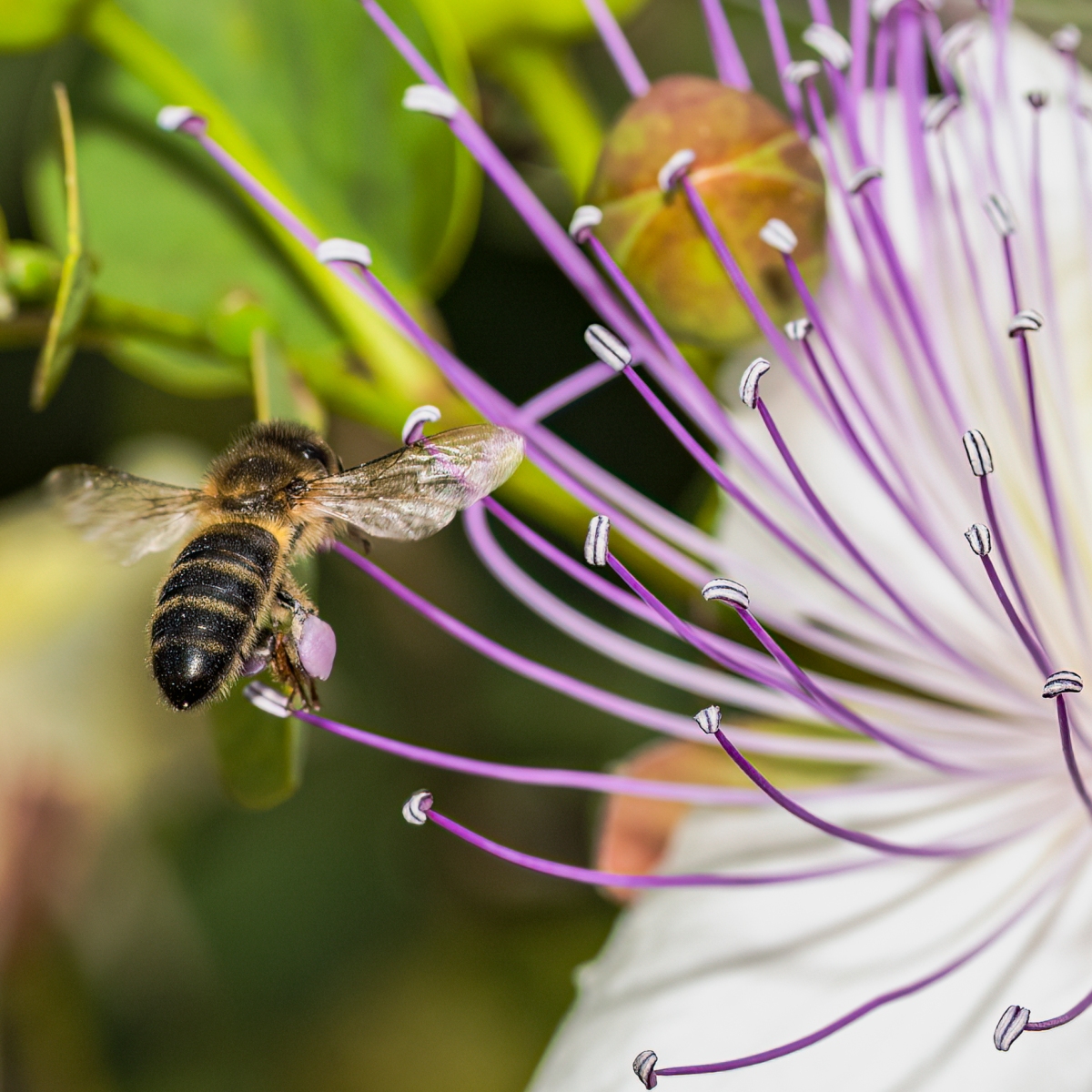
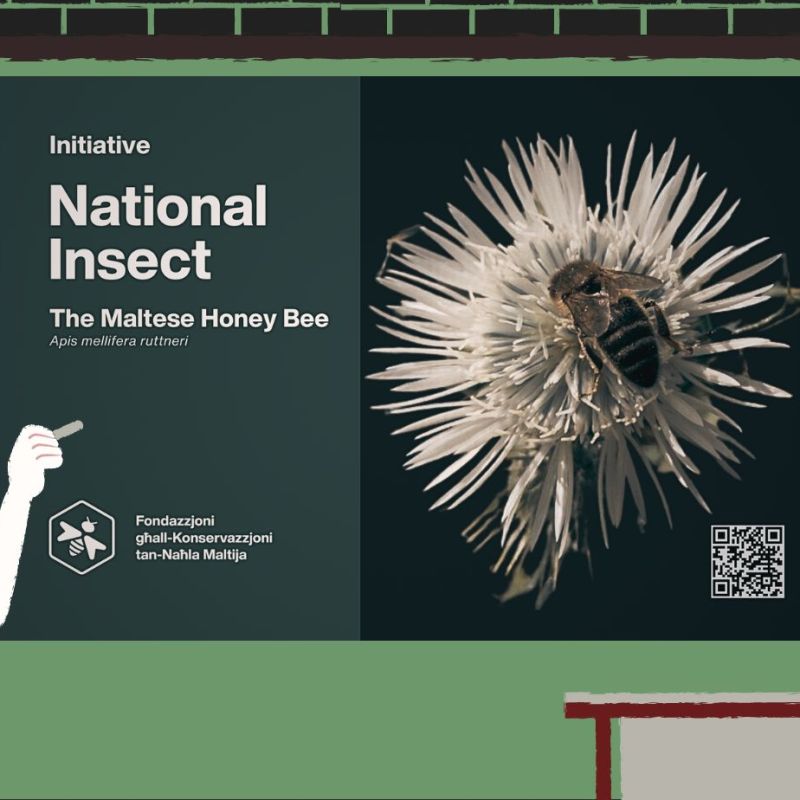
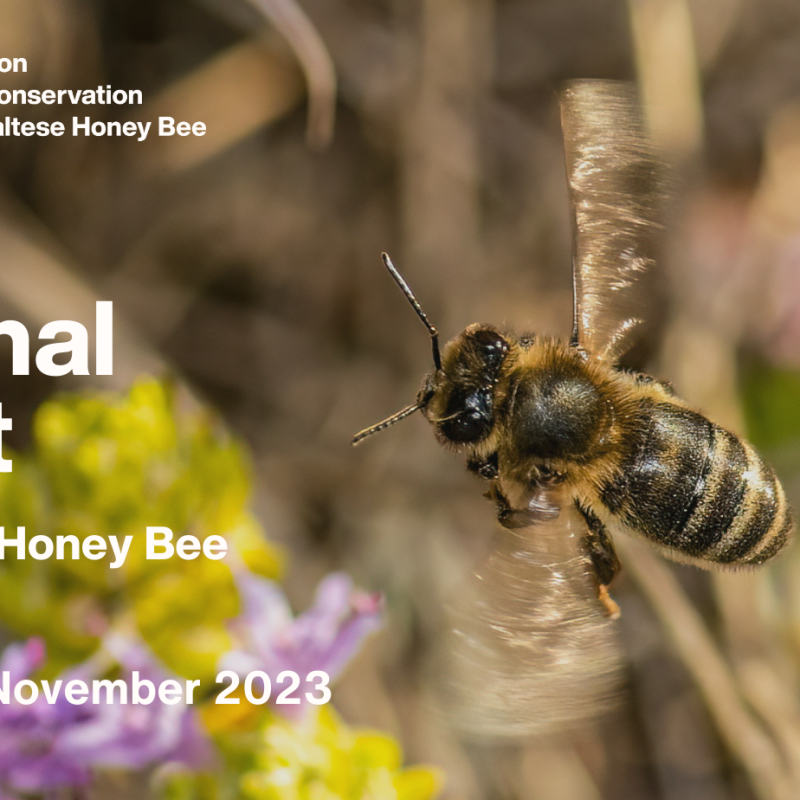
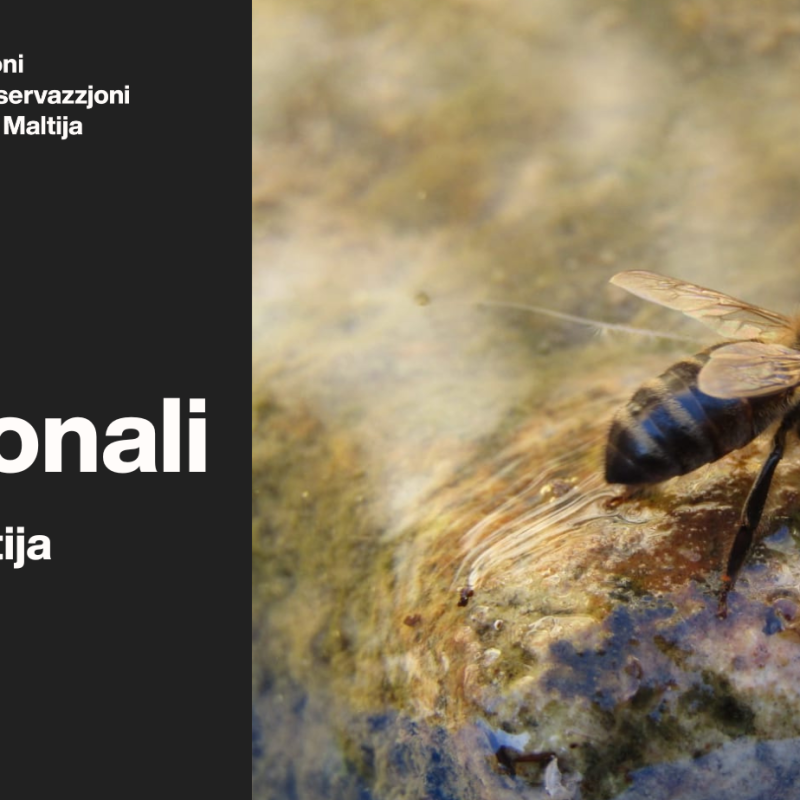

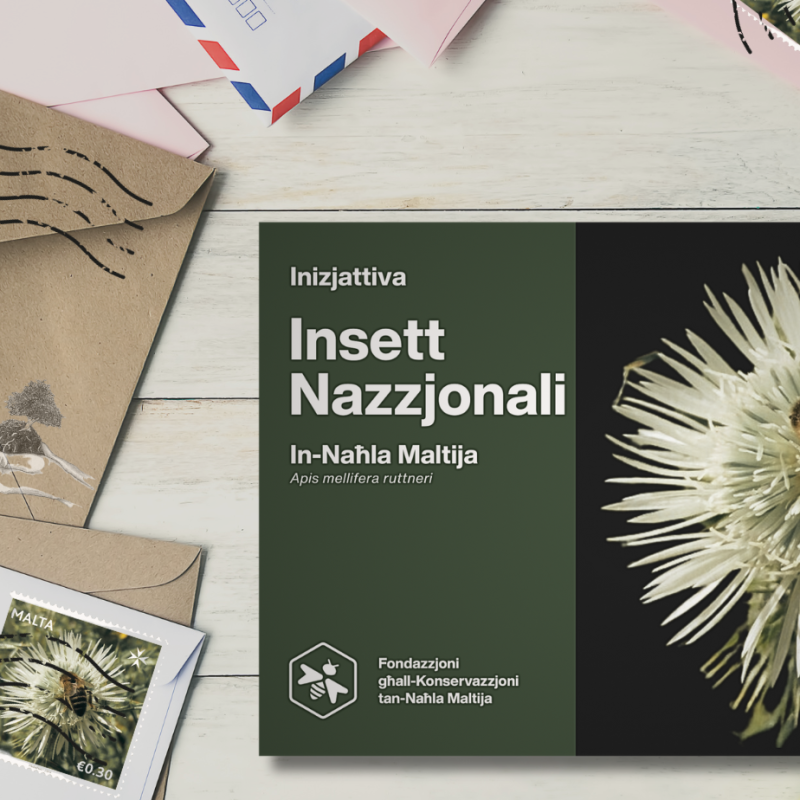
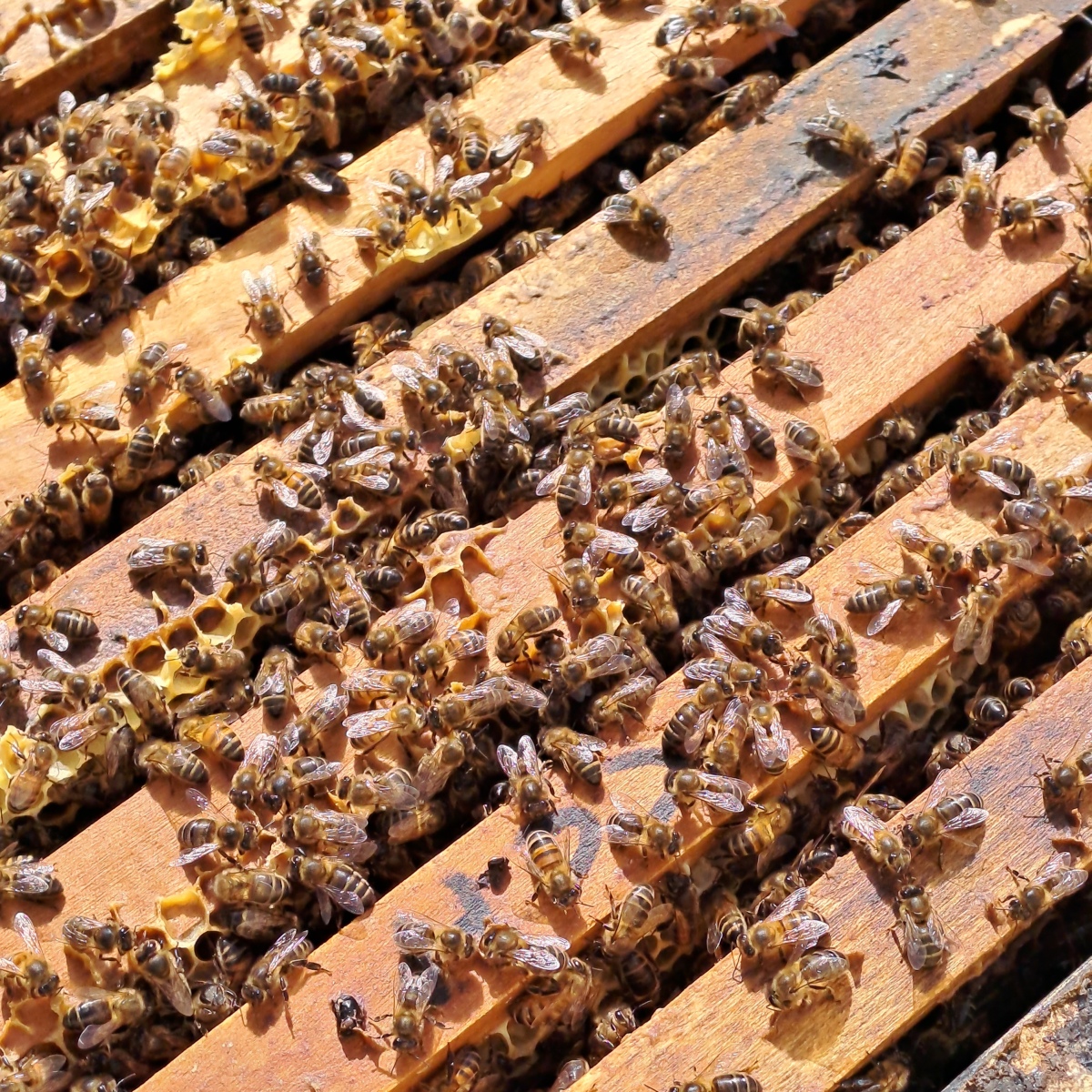
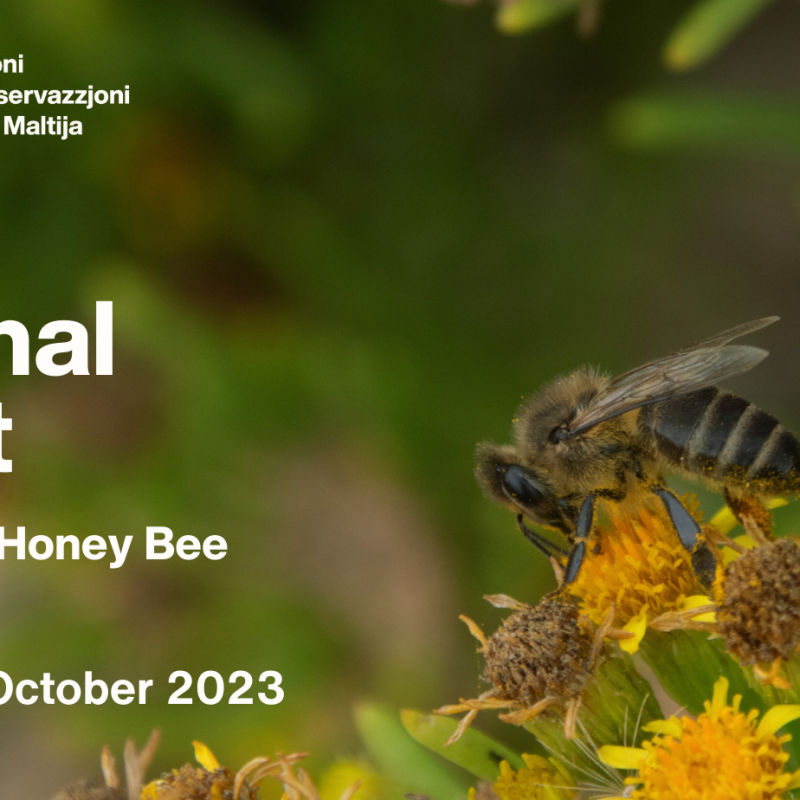
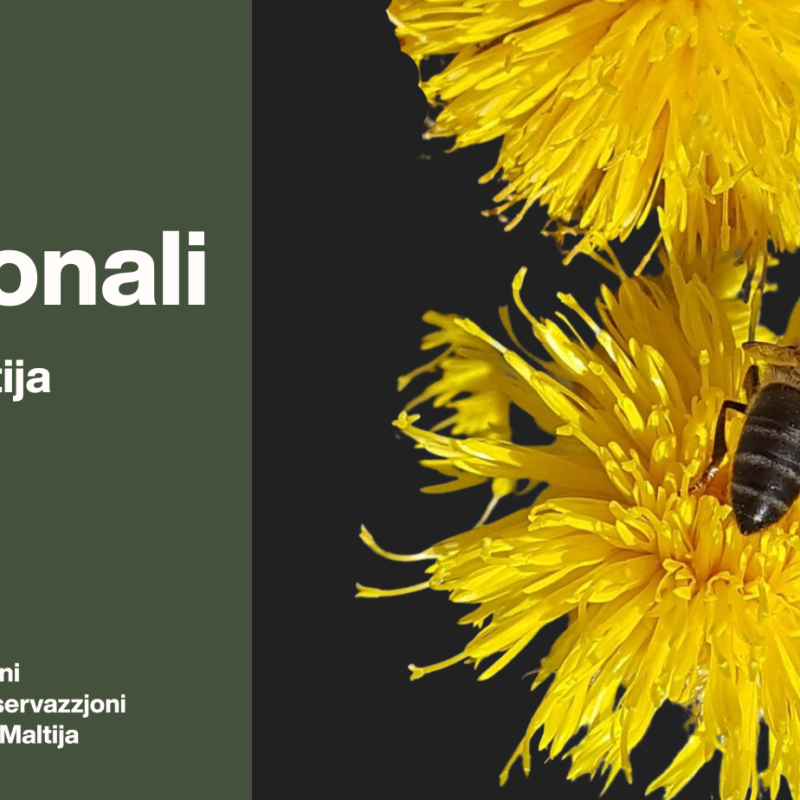
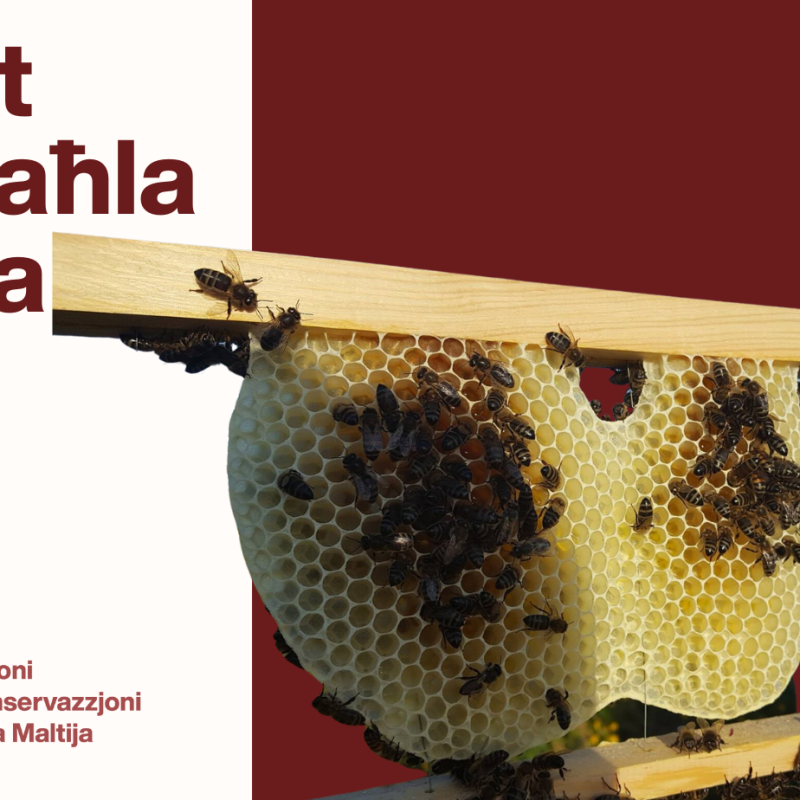
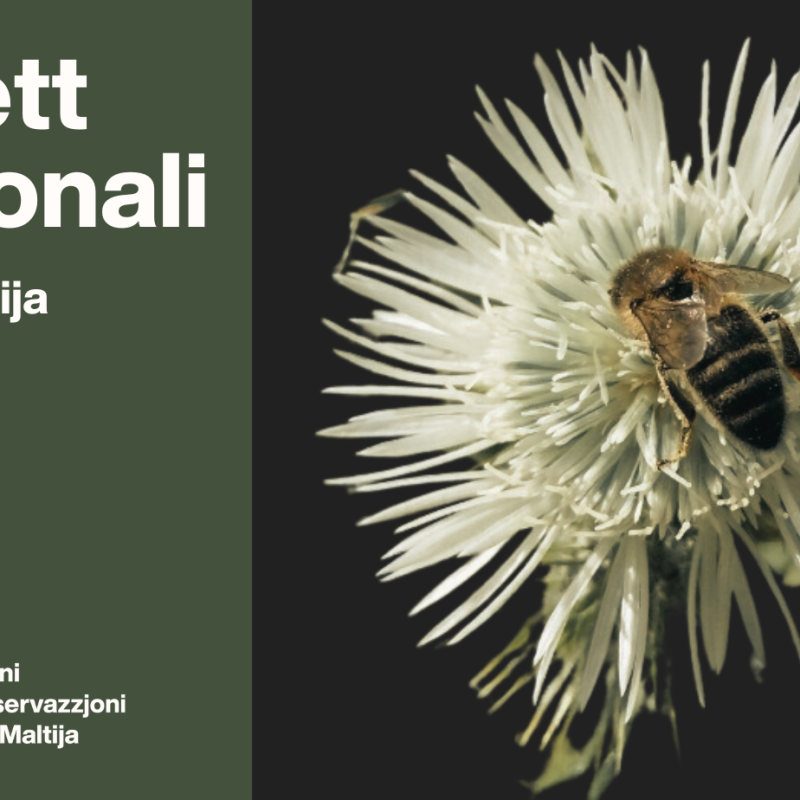
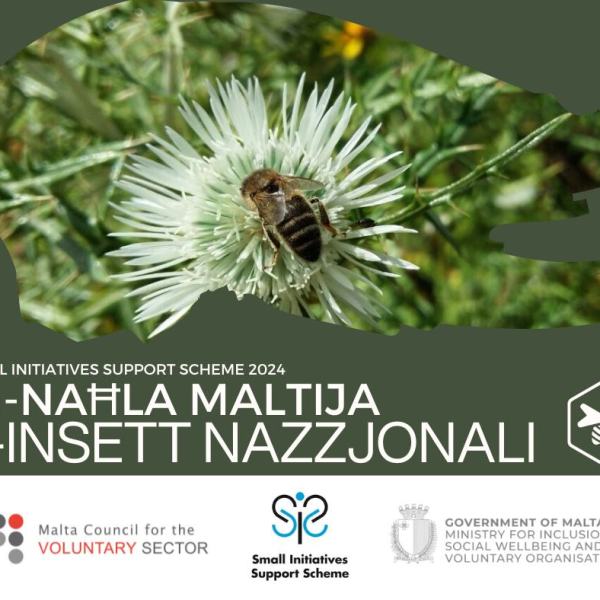
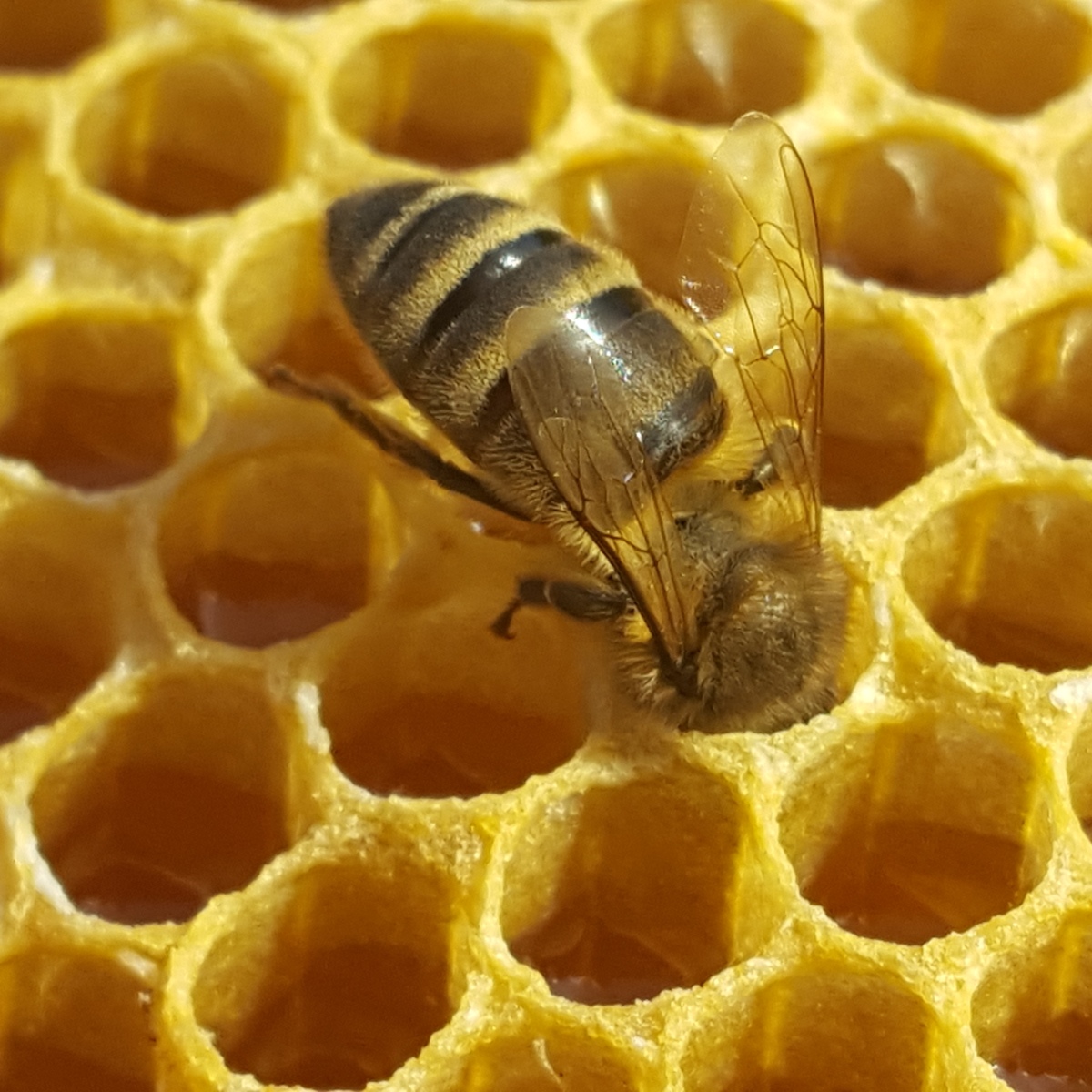
Leave a comment